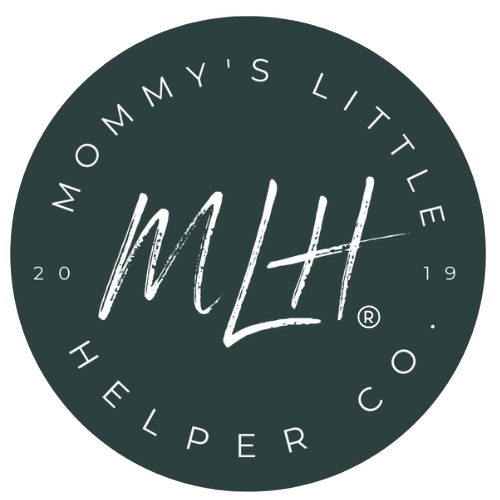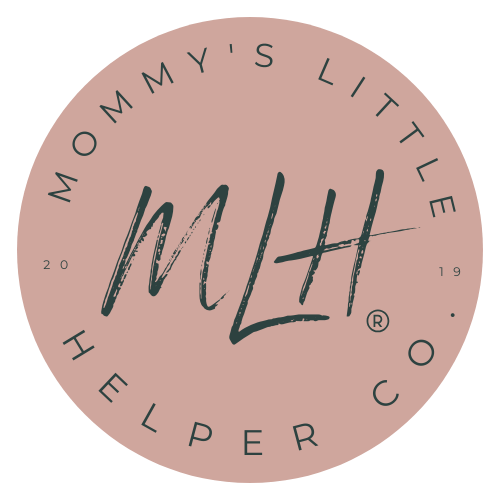
Is Silicone Safe for Toddlers? What Every Parent Should Know
If you’ve ever found yourself down the rabbit hole of baby product research at midnight… trust me, I’ve been there too.
When I became a mom, I suddenly had to make dozens of decisions I’d never even thought about before. Which bottle? What kind of spoon? Is this cup safe? Why are there so many types of plates? And in the middle of all that, one material kept popping up: silicone.
It’s in snack cups, bibs, plates, mats, toys… it’s everywhere. And naturally, I started wondering:
Is silicone safe for my toddler?
If you’re asking yourself the same thing, let’s unpack it right now.
What Is Silicone, Anyway?
Let’s break it down in simple terms:
Silicone is a soft, flexible, rubber-like material made from natural elements like sand (yes, really!) and oxygen. It’s not quite plastic, and not quite rubber, more like something in between.
The kind used in most baby products is called food-grade silicone, and it’s designed to be non-toxic, heat resistant, and durable. It’s free from nasties like BPA, PVC, phthalates, and other chemicals that can leach into food, a huge relief for any parent.
Why Silicone Is Showing Up Everywhere
There’s a reason silicone is so popular with baby brands (and parents): it’s incredibly practical.
-
It doesn’t break or crack.
-
It’s soft for teething babies and tiny hands.
-
It’s microwave, dishwasher, and freezer safe.
-
It’s non-stick and easy to clean (a win for us tired moms!).
Is Silicone Actually Safe for Toddlers?
Short answer: Yes. Especially when it’s high quality and truly food-grade.
Silicone has been widely tested and is considered safe by both the FDA and Health Canada when used properly. But here’s the catch: not all silicone products are created equally. Some cheaper items on the market might contain fillers which aren’t always safe.
Silicone vs Other Materials: What Should You Choose?
Honestly, there’s no one-size-fits-all answer. Different materials have their place depending on how you’re using them.
-
Wood: Great for tools which is perfect for toddlers learning to help out in the kitchen. It’s gentle, durable, and gives kids confidence while staying safe.
-
Silicone: Ideal for mealtime products like bowls, bibs, and placemats. It doesn’t absorb stains or smells and can survive being thrown across the room (because we know that’s going to happen).
-
Plastic: Cheaper, but more prone to wear and tear and not always free of harmful chemicals.
-
Stainless steel: Durable and safe, but heavier and a little cold to the touch for toddlers.
Tips for Choosing the Right Silicone Products
Here’s what I always recommend to fellow moms:
-
Stick to trusted brands (yes, even if that means paying a little more).
-
Check for certifications — look for labels that mention FDA-approved or food-grade silicone.
-
Watch for wear and tear — silicone is durable, but not invincible. Replace once it gets scratched, torn, or discolored.
-
Avoid extreme heat unless specified. While silicone can handle high temps, every product has its limits.
The Bottom Line: It’s Okay to Trust Silicone With Caution
It’s completely normal to question everything, especially when it comes to what your child is eating from or playing with.
Thankfully, silicone is a safe and smart choice for toddlers. When you pair it with other thoughtful tools or furniture for safe kitchen involvement, you’re setting up your little one for confident, curious, and safe learning moments.
At Mommy’s Little Helper Co., every product we make is inspired by the real-life moments we share with our kids. I created this business because I believe parenting should feel a little more supported, and a lot less stressful. Explore our shop today.




